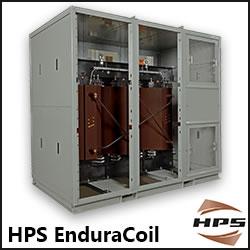Is Home Energy Storage Coming to your House?
New benches that'll use solar power to charge your phone
ABB and Smart Grid Technology in North Carolina
New method can make cheaper solar energy storage
Vanadium Flow Batteries for Global Academy of Technology (GAT) College
Is Adding Solar Batteries Worth it?
Ultracapacitor Usage in Wind Turbine Pitch Control Systems
24M Introduces the Semisolid Lithium-Ion Battery
Nissan to incorporate used Leaf batteries in home energy storage system
Designer Carbons Are Getting a Boost from Nanotechnology
Mercedes-Benz To Follow Tesla With Its Own Home Batteries
Five lessons on how to sell home energy storage
Smart Energy Storage Software
"Designer carbon" boosts battery performance
The Road to Change: Electric Vehicles Power the Future for Everyone
Records 916 to 930 of 1002
First | Previous | Next | Last
Energy Storage - Featured Product

